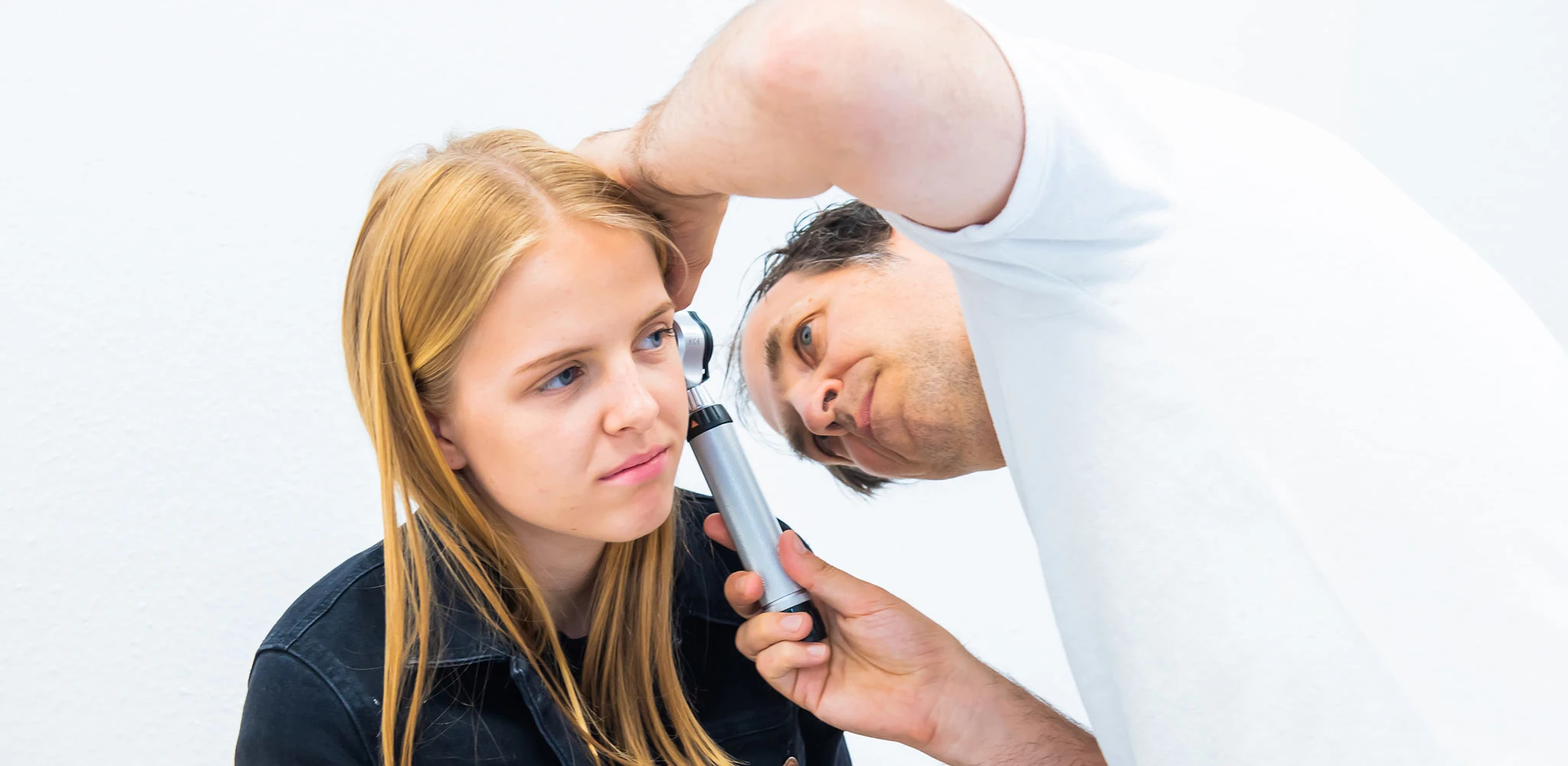Moles in children - no cause for concern
Children are not small adults. One topic where this beautiful phrase once again applies is the mole, medically known as a nevus. Dealing with brown moles and the need to have them looked at by a dermatologist is very different for children than for adults.
In adults, it is definitely advisable to have moles checked regularly - especially if they change in size, shape or colour. This is because tumours can develop on moles, which should be detected early by the examination.
However, this is not the case with children. Fortunately, it is very rare for newborns and babies to have large congenital moles that need to be dealt with immediately. But, as I said, this is a rarity.
Otherwise, between infancy and the end of puberty (15/16 years), nothing normally happens to children with moles. They have some, and some may appear - but you don't actually need to have them checked because there is no real risk of degeneration. An absolute exception would be if the moles were to increase massively in size, bleed or itch. However, I have never experienced this here in 15 years of practice. And a dermatologist I have asked has never seen a malignant change in a mole on a kindergarten or school child in his 20 years of practice.
So here's the message: If you discover new classic moles on your child, there's no need to worry. You do not need to show them to the paediatrician immediately. If at all, it is sufficient to have it looked at during a check-up or another appointment. But as long as your child is still before the age of puberty, you fortunately don't need to worry about this issue.
Further interesting tips
Drowning
Anyone who knows me from practical experience knows that I am usually very relaxed and not very anxious when it comes to parenting and development issues and often advise people not to take a too tense view of things. But when it comes to today's topic, there is simply zero room for compromise. It's one of the most important issues in paediatrics: the risk of children drowning.
Hand-foot-and-mouth disease
An article from the category "It's funny what nature comes up with": hand-foot-and-mouth disease (HFMD). This is a viral disease that mainly affects kindergarten children and young primary school children.
Blood poisoning
Today a topic from the category: Myths of medicine. Colloquially, a red line on the arm or leg is often referred to as blood poisoning. Just as often we are presented with children whose parents are full of fear and worry and immediately need antibiotics because the child has blood poisoning. A little education is needed here.
